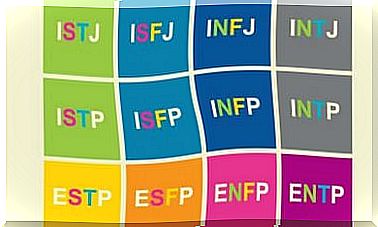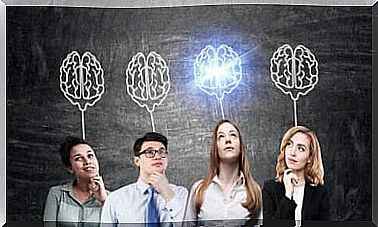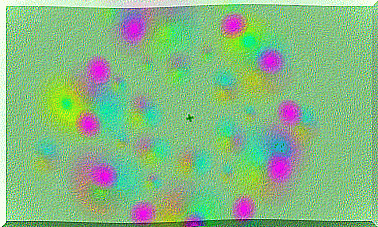The Brain Of A Racist Person
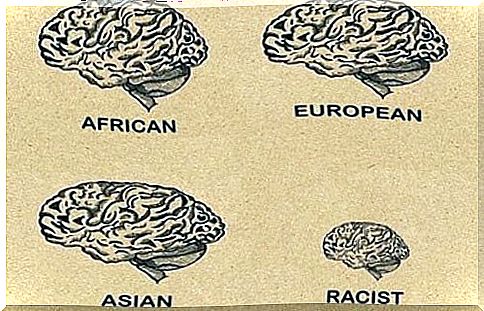
The brain of a racist person is governed by unfounded prejudices and the threatening feeling of the unknown, that is, of what is different. Many people are unconsciously carried away by racial prejudice. It is therefore sufficient that a certain situation arises for them to react in a discriminatory way.
Racial psychologists Leslie Zebrowitz and Yi Zhang, of Brandeis University (Massachusetts), note that much of the population exhibits these unconscious and automatic biases or patterns. Precisely these patterns lead to thinking or acting in a racist way at a given moment.
Fortunately, neuroscience today offers us numerous tools to understand and even recognize the brain of a racist person. As revealed in an article published in The Guardian , in the United States they have already developed a technique based on a brain scan that detects activity in areas related to racial prejudice.
Surprising as it may seem, some neural pathways lead to racist behavior. These are mechanisms based on a specific emotion: fear. Let’s find out more.
Brain anatomy of a racist person
Professor Jennifer Richeson, a neuroscientist at Dartmouth College in New Hampshire, led a study published in 2003 in the journal Nature . According to this work, it is possible to recognize the brain of a racist person if certain areas are activated according to the stimuli presented. Or rather, depending on the conversation the person has and with whom.
American (white) police officers were interviewed to test this theory. Many of them had to go to great lengths to avoid saying something offensive or derogatory.
This concentration activates certain areas of the brain. On the other hand, even those with clear racial bias showed increased activity in some areas. We talk about it in the following lines.
The amygdala
The amygdala is the area of the brain where emotions develop. Thanks to it, we possess the memories related to the emotional sphere, and it is also the sentinel of fear.
One of its main tasks is to interpret what could be a threat to us, and thus awaken the feeling of rejection, discomfort, alarm. The brain of a racist person instantly activates this area when it sees individuals of other races or ethnicities.
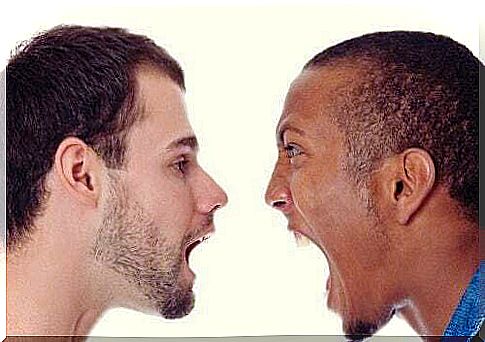
The prefrontal cortex
From a neuroscientific point of view, people without racial bias show a marked difference from those who are racist. This difference is found in the prefrontal cortex.
- The amygdala is activated when you see something different (a person from another ethnic group, for example), instantly connecting with the prefrontal cortex which exerts a regulatory function.
- When the “fear system” is activated, the prefrontal areas are activated to analyze the situation. The aim is to think rationally, analyze the situation and discourage or calm fear and rejection.
- The cognitive control carried out by the prefrontal cortex is instrumental in reducing the momentum of the injury. This, however, does not occur in the brain of a racist person.
The ventral striatum
The striatum is one of the most interesting areas to study racial prejudice, because it is linked to the mechanism by which we opt for social conformity. In other words, by adhering to what the group, family, friends or part of the population defends, a reward system is activated.
It doesn’t matter that our ideas are clearly biased. Acting, saying and thinking like the majority generates complacency, and the striatum rewards us by releasing dopamine and serotonin.
This mechanism, in reality, is a very primitive instinct which in the past allowed the group to remain cohesive and to distrust other individuals outside the social unit.
Can a racist person’s brain reduce their prejudices and think differently?
In 2012, researchers Leslie Zebrowitz and Yi Zhang of Brandeis University demonstrated two things: the first is that the brain of a racist person processes his reality differently than that of a person who is not.
Secondly, it is possible to change this condition due to the high brain plasticity. This is possible thanks to the approach reflex. It would be enough to continuously expose the racist subject to contact with the people he rejects and does not accept to weaken his prejudices, re-evaluate his beliefs and reconsider his fear or rejection.
In this sense, the educational models based on cooperation defended by the psychologist Elliott Aronson prove to be fundamental. Addressing these realities would certainly help us to create a fairer and more respectful society.


